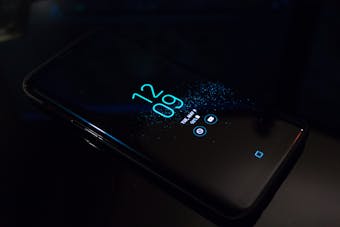What if it’s not insomnia, but disconnection?
We live in a time where sleeping well has become a luxury. Each night we arrive at the edge of rest carrying minds full of unfinished thoughts, bodies running on high alert, and eyes still glowing from the light of a screen.
It’s not just that we sleep less—it’s that we’ve forgotten how to sleep well. And even more concerning: we’ve come to accept that as normal.
This article is not just about sleep hygiene. It’s about the emotional relationship we have with rest. To build healthy sleep habits, we need to talk about neurobiology, rituals, and the profound process of learning how to let go again.
The architecture of sleep: more than closing your eyes
Falling asleep is not a switch we turn off. It’s a complex neurophysiological process regulated by the circadian rhythm, an internal clock influenced by light, temperature, routines, and emotions.
Melatonin, the “sleep hormone,” begins to release as darkness falls. But it’s not just light that blocks it—mental overstimulation, anticipatory anxiety, and dopaminergic triggers from our screens deeply interfere with this process.
In short: we’re not sleeping because our brains don’t know it’s time to sleep. We’re telling them the opposite.
Screens: the bright mirror of our hyperconnection
Screens are addictive by design. Every notification, every scroll, every short video is meticulously crafted to trigger dopamine bursts, the neurotransmitter of instant reward.
- It overloads our working memory, leaving no room for emotional processing.
- It disconnects us from our bodies, numbing our perception of real fatigue.
- It deregulates our nervous system, keeping us in a state of chronic alertness.


